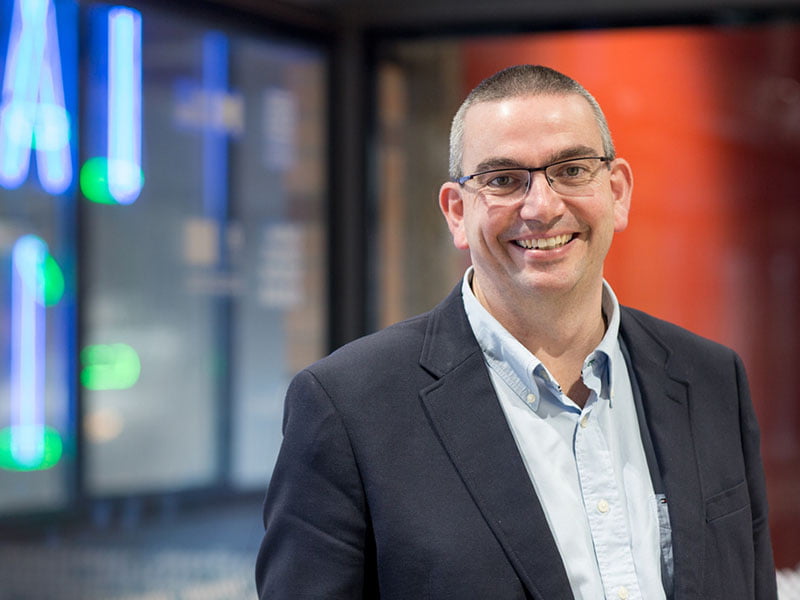Australia has some alarmingly poor innovation performance indicators and nailing down the methods for improving them will lead to some sharp debate as Innovation Science Australia constructs its strategic plan for 2030.
With its performance assessment done, the next task for Innovation and Science Australia is to come up with a strategic plan for developing the country’s smarts out to 2030.
ISA was announced in December 2015 as a key plank in Malcolm Turnbull’s National Innovation and Science Agenda (NISA) and has until the end of the year to run up a strategic plan and deliver it to the Federal Government, after which it will be made public.

“The Plan will describe what the [innovaton, Science and Research] System should look like in 2030 and determine how Australia can get there. It will identify priority investment, infrastructure and environmental factors for consideration by government and outline how progress can be evaluated over time,” says the report.
At the current rate of global change in politics, technology, social issues and business practices, peering ahead to 2030 is a big ask. But given the ominous state of Australia’s innovation performance in many areas, as pinpointed by the review, it’s piece of work that must be done.
New broom ISA CEO Charles Day (who was appointed last November) and his team will have their work cut out crafting the plan. ISA says it will inform it planning process by consulting with the broader community.
The benchmark report published earlier this month had some nasty home truths on Australia’s innovation and research performance when stacked up against our OECD compatriots. Observers say Australia will need radical action to rapidly improve on the ISA derived benchmarks in the report.
“Given the outputs and outcomes (in the ISA report) are so bad, that is proof that we are just tinkering around the edges in research and collaboration. It’s just not producing the globally-scaled companies that will create wealth,” says innovation sector commentator and consultant Sandy Plunkett.
The nastiest revelation in the ISA report was that when it comes to creating high-growth enterprises measured by employment we are dead last at 27th out of 27 OECD countries.
The report defines high-growth firms as having an average annualised growth of over 20 per cent a year over a three-year period, and having 10 or more employees at the beginning of the observation period.
This finding helps explain why there is not a continuous stream of Googles, Microsofts or Amazons emanating from the Australian economy. While we do have a few successes like Atlassian, Resmed and Cochlear, they tend to spawn at a generational pace.
Other findings in the report indicate that while we have world class researchers they don’t link effectively with business; that our knowledge transfer processes are weak; that our ‘innovations’ tend to be adopting best practice rather than brainstorming something truly novel; that our vocational training needs to do better at building innovation skills; that ingrained gender inequality stymies our female talent; that our managers don’t nurture innovation and our level of business R&D expenditure is low.
Ms Plunkett says Australia needs to crank up a recruitment drive to import the management talent from overseas that knows how to build fast scaling innovative companies, and that we need to get those people here quickly.
“We aren’t going to get the leadership that we need if we don’t step up on management capability,” says Sandy Plunkett. “You have to import the skills.”
“Australia has a split-minded attitude to overseas talent. We keep going through periods of wanting it and then not wanting it.”
“If we want to accelerate the learning, we can’t do it ourselves.”
Veteran science writer Leigh Dayton is producing a PhD dissertation dealing with Australia’s inability to commercialise research and says bipartisan political support is crucial.
“You have wasted your time and your money if you don’t fund things properly and get clear focus,” she says.
The ISA report found that Australian governments could make better use of procurement to incentivise innovation, particularly in SMEs and Ms Dayton agrees.
“We need to establish a government funded, pre-commercial procurement program. This is an idea that other countries have picked up on. It would be relatively easy to implement. Right now some departments such as Defence do these things, but it’s chaotic and not co-ordinated.”
The US has long had a small business innovation research program.
“It’s highly successful and it guarantees that all government departments must turn to their countries’ research and industry establishments to get the technology they need. It’s also been adopted in the UK.
“We have a small, three-year program running as part of the NISA. It’s funded to $19 million which is hardly enough to do a good job. Why bother? We need to take a hard look at expanding the scope and support for that program”
To jump-start better collaboration between research and industry, Ms Dayton believes we need a publicly funded commercialisation network that targets late stage research and development.
“The point here is to encourage Australian industry to recognise the value in investing in the R&D. Other countries around the world have established these and what they do is demonstrate to industry that there is a market for this new product or process.”
Ms Dayton is also a fan of shifting the metrics around judging academic and public research institute success away from the traditional line of how many publications you are in or how many grants you have scored.
“They need to revise how academic metrics are measured such that it encourages researchers to take on innovative but risky projects and it reduces the number of turfs built up purely for grant obtaining or publishing purposes.”
Do you know more? Contact James Riley via Email.

